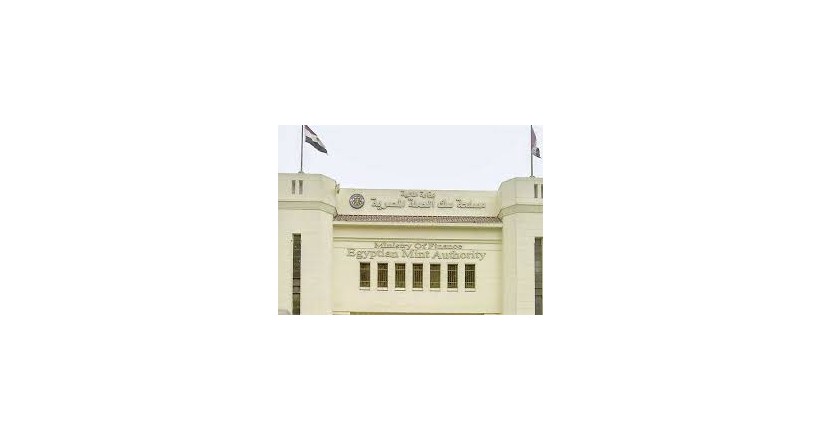Darbkhana is derived from two word the Arabic darb meaning min and the Persian Khana meaning house thus House of mint . It lies south east of the mosque off Muhmmad Ali a marble slab at the gate of the Darbkhana states that Muhammad Ali renovated it in 1227 AH / 1812AD . The slab is inscribed in Arabic A victory from God and an early conquest and send tidings to the believers Muhammad in the form of a toughra in the four corners are the names of the names of the four Rightly Guided Caliphs Abu Bakr Omar Othman and Ali .
The Darbkhana offers several services to the state minting currencies in the required quantities setting the price of these coins at higher than the cost of their production and sometimes it minted gold and silver bullion owend by private individuals in the official weight and fineness to be given away as gifts and presents on special occasions and feasts that in return for a fee exceeding the cost of minting to the benefit of the Treasury .
The Ottoman Empire had started minting new Egyptian coins at the Darbkhana since it occupied Egypt in 923 AH / 1517 AD by Sultan Selim I the minting was in accordance with the regulations sent by the Sultan from Istanbul specifying the weight fineness and value of each coin along with the minting moulds every time a change is required in the weight fineness or shape of the coin . This practice was also carried out every time a new Sultan ascended to the throne the casting moulds and the unissued coins bearing the name of the previous Sultan were collected and packed in a special bag called the Old Mint Bag to be sealed preventing the use of the old moulds then finally placed in the official safe of the divan for safekeeping . This habit of safekeeping the old moulds and coins was what helped the officials of the French Campaign in Egypt to make new moulds on the same lines the old ones the new coins even bore the name of the Ottoman Sultan at the time Sultan Selim III s a gesture from Napoleon Bonaparte for the Egyptian people and their leaders .
The minting moulds that were sent from Istanbul to Egypt were few in number and were called the Original Minting Moulds they were the models to produce abundant moulds enough to mint the huge quantities of coins needed by Egypt . The moulds were produced in Egypt by two methods :
Engraved Casts :- These were usually made from steel by skilled engravers it was a tedious and time consuming process and even in the best hands the margin of error was high considering the engraver had to carve out the words in reverse in such cases of errors the mould had to be discarded and the engraver had to start bon a fresh one , However the engraved moulds had the advantage of producing coins of even surfaces and clear inscriptions .
Cast Moulds :- Casting several moulds through the original one a quick process but has the disadvantage of producing uneven protrusions of the surfaces of the coins .




